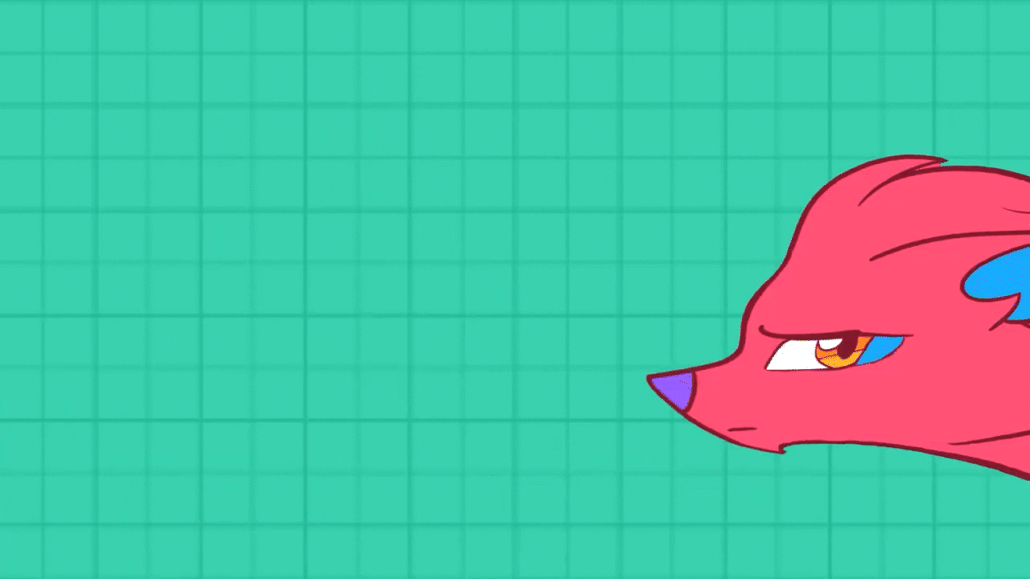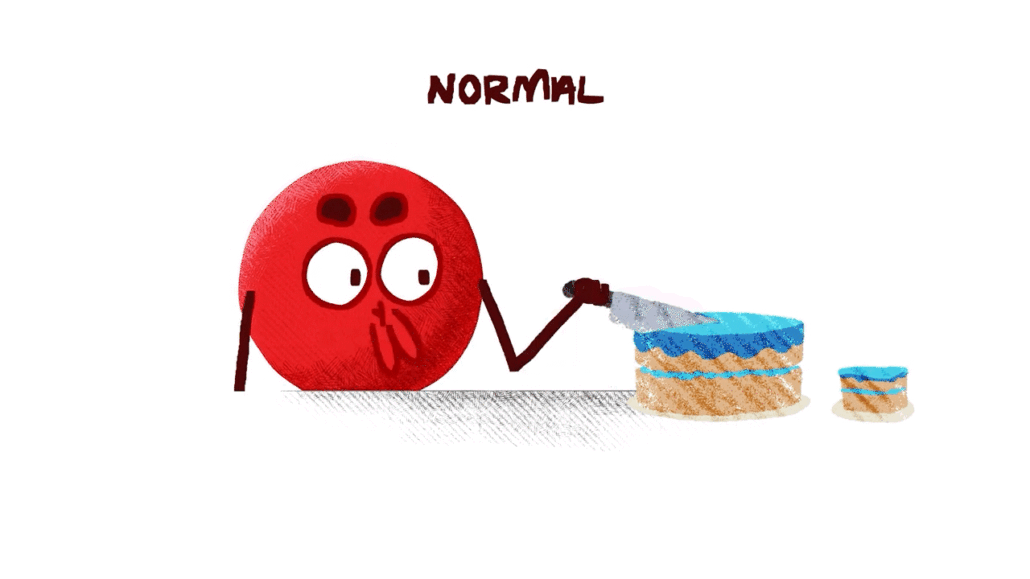Secondary action in animation refers to additional movements that support and enhance the main action, adding depth and complexity to the scene. Animation allows us to bring drawings to life through movement. Skilled animators use techniques like secondary action to make their characters act and react in believable, captivating ways. Though often overlooked, secondary action is an essential animation principle for making movements feel multidimensional, infusing personalities and subtle emotions and creating the illusion that these illustrated figures have minds and souls of their own.
In this article, we will explore the power of secondary action, examining what it is and why it matters, viewing examples, and discussing best practices. We’ll gain an appreciation for how this unsung animation principle can elevate a scene when used thoughtfully by master animators.

Need Animation Services?
Visit our Animation Service page to see how we can help bring your ideas to life!
I- What is Secondary Action?
As one of the 12 principles of animation, Secondary actions refer to subtle extra movements that support and enhance the main action a character performs. For example, while the primary action may be a character walking from point A to B.
Often, the one idea being put over in a scene can be fortified by subsidiary actions within the body. A sad figure wipes a tear as he turns away. Someone stunned shakes his head as he gets to his feet. A flustered person puts on his glasses as he regains his composure. When this extra business supports the main action, it is called a secondary action and is always kept subordinate to the primary action. If it conflicts or becomes more interesting or dominating in any way, it is either the wrong choice or is staged improperly.
Secondary actions would include components like Swinging arms, bouncing hair, clothing moving in rhythm with the walk, and weight shifting from foot to foot. These motions accentuate and enrich the core walk cycle without being absolutely necessary to convey the action itself. Secondary actions add an extra layer of believability and personality to a movement.
II- Why Secondary Action Matters
While principles like squash and stretch, anticipation, and staging play obvious starring roles, the subtle power of secondary action must not be overlooked. So why are secondary actions important? What do these small extra flourishes really add to animation?
II-I Believability
Secondary movements make motions and scenes feel more true to life. Real living creatures are rarely stiff and robotic. They fidget, glance around, shift their balance, sway, scratch itches – small habitual acts that someone animated without secondary action may miss. Subtle secondary ticks ground characters in reality.
II-II- Personality
Layers of secondary movements reveal to the audience who a character really is deep down inside. A tough but kind character may habitually crack their knuckles or neck. A dainty princess may gently sway her hips when she walks. Tiny reactions and movements demonstrate aspects of a character’s personality beyond literal dialogue.
II-III- Weight and Mass
Secondary action layers visual interest and nuance into core movements. For example, bouncing hair and clothing accentuate the up-and-down motion of a walk cycle. An arm swing emphasizes each step. These details make the primary walk more dimensional.
II-IV- Allowing for Subtlety
While the main action shows the bulk of what a character animation is doing like thinking/feeling, secondary actions reveal subtleties. A character saying “I’m fine” while slightly drooping their eyelids and shoulders hints at hidden sadness. The dialogue conveys one thing, while the secondary action conveys true emotion.

III- Examples of Secondary Action
To better understand how secondary action can enhance character animation services, let’s break down some examples:
III-I- Example 1: A character sighing sadly
Primary action: Shoulders and chest rising and falling with a sigh
Secondary actions: Head tilting down slightly, eyes look downcast, corners of mouth pulled down, hand raises to rest under chin
Here, the secondary actions emphasize the emotion of the sigh, communicating a deep, reflective sadness through subtle motions. The head tilt, drooping eyes, and hand raising all support the primary sigh.
III-II- Example 2: A character reacting to getting poked violently
Primary action: Body jolts back from force
Secondary actions: Eyes squeeze shut, nose scrunches up, neck whips back then forward, shoulders hunch, and arms come in protectively
The defensive secondary motions heighten the forcefulness of the poke and make this action more dynamic.
III-III- Example 3: A threatening villain
Primary action: Marching toward the victim
Secondary actions: Clenched fists swinging aggressively, exaggerated hunched posture, heavy brow, beady darting eyes, gnashing teeth.
The secondary actions complement the bold marching, together communicating menace and aggression.
IV- Best Practices
When implementing secondary action, certain practices ensure it is thoughtful and effective:
Supporting the Primary Action: Secondary movements should feel like natural extensions of the core action, not distracting extra motion.
Judicious Use: Too many secondary actions can clutter a scene and make it overly busy and exaggerated. Simple is best.
Consistency: Actions should align with who the character is, not just added generically. They must feel true to that character.

V- Mastering Secondary Action
Executing secondary action with finesse requires patience, close observation of the real world, and an eye for subtlety. Noted Disney animator Frank Thomas emphasized that the best secondary action “is accomplished so subtly that the viewer is scarcely aware that anything has been added, but the action is richer and more believable thereby.”
The true masters of animation can bring a scene to the next level through the brilliant implementation of secondary action. Over his long and storied career, legendary animator Glen Keane created some of Disney’s most beloved characters. Though lauded for their emotional expressiveness and feelings of life, it was his subtle use of secondary action that helped realize these illusions. Keane once shared that it was the “little accents people don’t necessarily see” that brought his animations to life.
Conclusion
Secondary action may not attract the most immediate attention, but it is an essential ingredient for injecting true life into animations. This animation principle exemplifies how tiny details can enrich the viewer’s experience and create captivating illusions. Without the finishing flourish of secondary action, movements risk feeling robotic and hollow. Masterful animators intuitively weave this supporting principle throughout their work, breathing believability and personality into the fantastic worlds they create.
The animation principle of secondary action is subtle extra movements that support a character’s main action. Master animators use secondary action thoughtfully to bring scenes to life.









